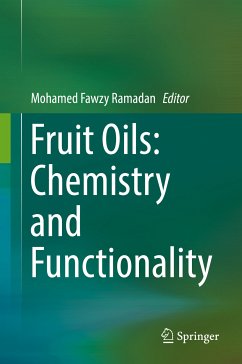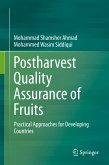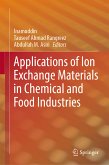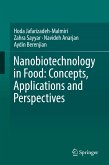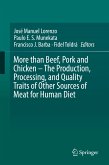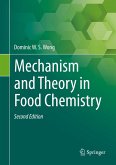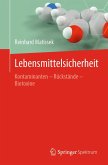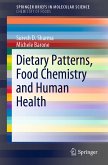The oils and fats extracted from fruits generally differ from one another both in terms of their major and minor bioactive constituents. The methods used to extract oils and fats as well as the processing techniques such as refining, bleaching and deodorization affect their major and minor constituents. In addition, different post-processing treatments of fruit oils and fats may alert or degrade important bioactive constituents. Treatments such as heating, frying, cooking and storage and major constituents such as sterols and tocols are extensively covered in this text.
Although there have been reference works published on the composition and biological properties of lipids from oilseeds, there is currently no book focused on the composition and functionality of fruit oils. Fruit Oils: Chemistry and Functionality aims to fill this gap for researchers, presenting a detailed overview of the chemical makeup and functionality of all the important fruit oils.
Dieser Download kann aus rechtlichen Gründen nur mit Rechnungsadresse in A, B, BG, CY, CZ, D, DK, EW, E, FIN, F, GR, HR, H, IRL, I, LT, L, LR, M, NL, PL, P, R, S, SLO, SK ausgeliefert werden.

